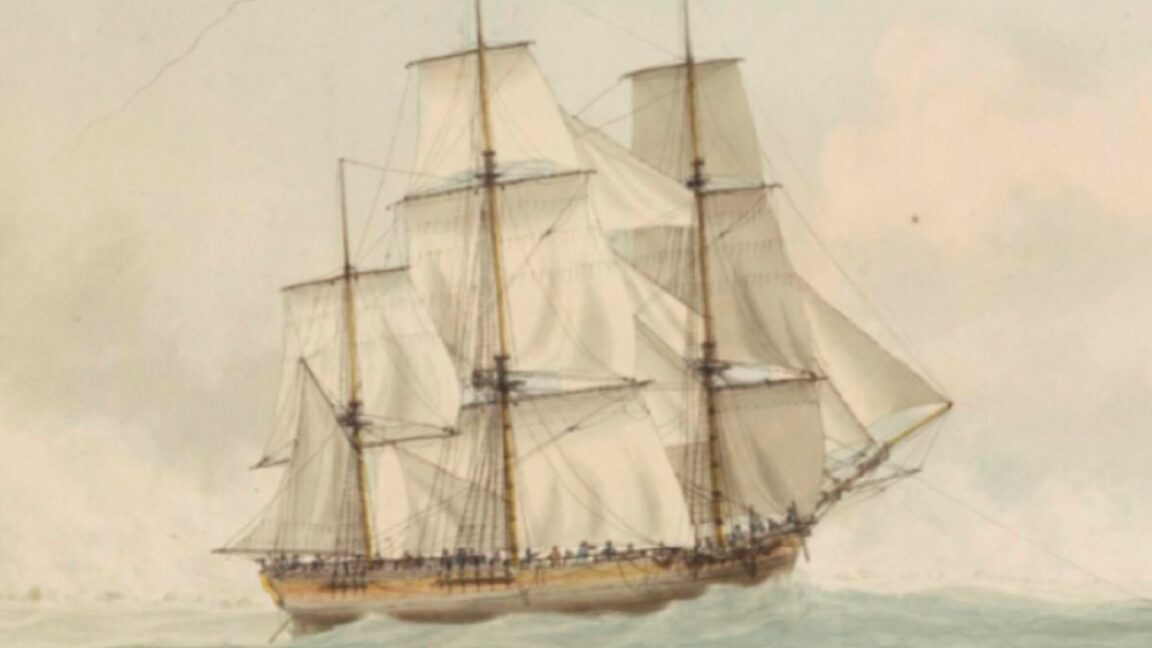Discovery of HMS Endeavour wreck confirmed
“The timbers are British timbers. The size of all the timber scantlings are almost identical to Endeavour."

Back in 2022, we reported on the Australian National Maritime Museum's (ANMM) announcement that its researchers had confirmed that a shipwreck proposed as a likely candidate in 2018 is indeed the remains of the HMS Endeavour. However, the Rhode Island Marine Archaeology Project (RIMAP)—the museum's research partner in the project—promptly released a statement calling the announcement premature. RIMAP insisted that more evidence was needed.
The final report is now available, and both RIMAP and ANMM say they have confirmed that the wreck is indeed the Endeavour. (You can read the full report here.) “The timbers are British timbers. The size of all the timber scantlings are almost identical to Endeavour, and I’m talking within millimeters—not inches, but millimeters," Kieran Hosty, an ANMM archaeologist who co-wrote the report, told The Independent. “The stem scarf is identical, absolutely identical. This stem scarf is also a very unique feature—we’ve gone through a whole bunch of 18th-century ships' plans, and we can’t find anything else like it.”
As previously reported, Endeavour Captain James Cook's first voyage (1768–1771) was, in part, a mission to observe and record the 1769 transit of Venus across the Sun. The observation was part of a combined global effort to determine the distance of the Earth from the Sun. Those observations proved less conclusive than had been hoped, but during the rest of the voyage, Cook was able to map the coastland of New Zealand before sailing west to the southeastern coast of Australia—the first record of Europeans on the continent's Eastern coastline.









![How Google’s AI Mode Compares to Traditional Search and Other LLMs [AI Mode Study]](https://static.semrush.com/blog/uploads/media/86/bc/86bc4d96d5a34c3f6b460a21004c39e2/f673b8608d38f1e4be0316c4621f2df0/how-google-s-ai-mode-compares-to-traditional-search-and-other-llms-ai-mode-study-sm.png)




























































































































































































